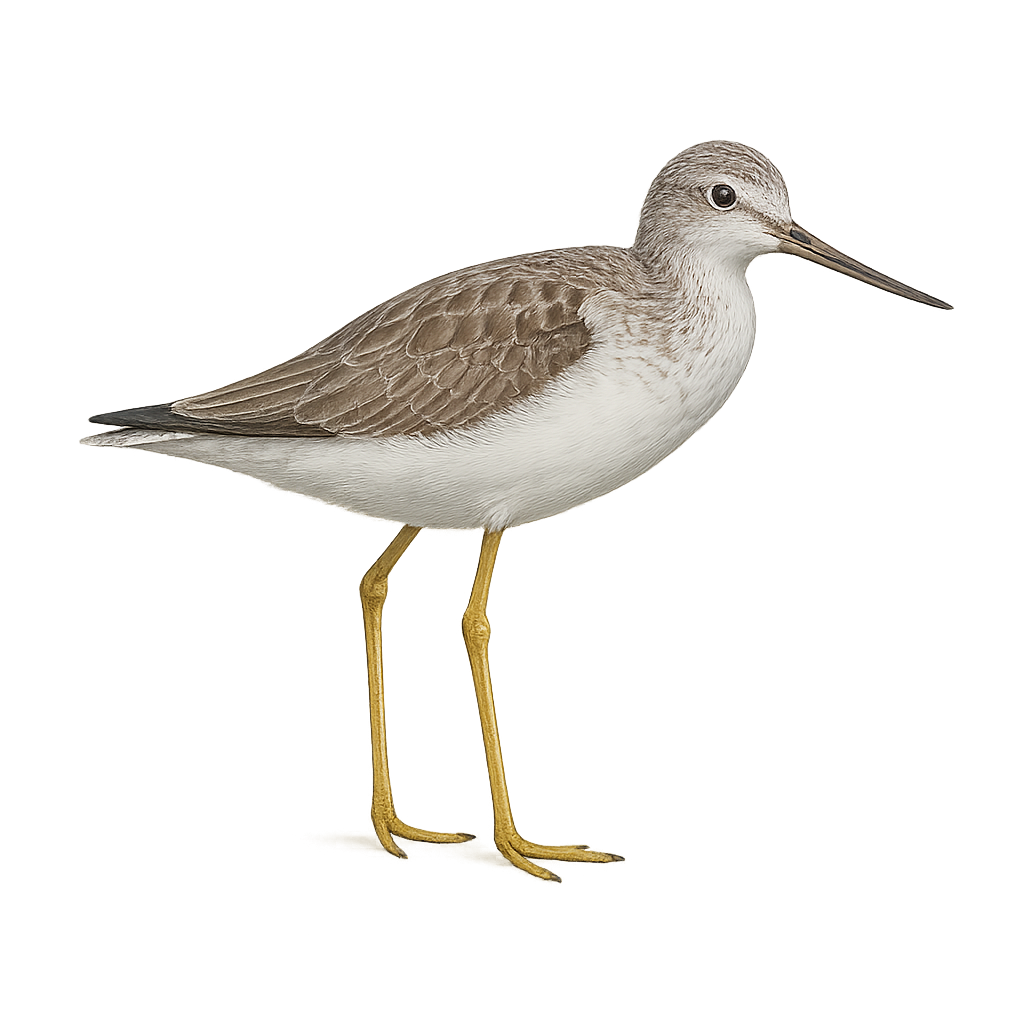Your wildlife photography guide.
Explore the whimbrel in detail, study its behavior, prepare your shots.
Where to observe and photograph the whimbrel in the wild
Learn where and when to spot the whimbrel in the wild, how to identify the species based on distinctive features, and what natural environments it inhabits. The WildlifePhotographer app offers tailored photography tips that reflect the whimbrel’s behavior, helping you capture better wildlife images. Explore the full species profile for key information including description, habitat, active periods, and approach techniques.
Whimbrel
Scientific name: Tringa nebularia

IUCN Status: Least Concern
Family: SCOLOPACIDAE
Group: Birds
Sensitivity to human approach: Suspicious
Minimum approach distance: 30 m
Courtship display: April to June
Incubation: 23-25 jours
Hatchings: May to July
Habitat:
Wetlands and marshes
Activity period :
Primarily active during the day, with peak activity in the morning and late afternoon.
Identification and description:
The Greenshank is a large species of wader, distinguished by its long bill and slender legs. It has a gray-brown plumage marked with lighter spots and a slightly speckled head, which helps it blend into the muddy and marshy environments of wetlands and shorelines. This wader is especially known for its characteristic calls, a loud barking cry, which is how it gets its name. It primarily inhabits wetlands, estuaries, and shorelines where it feeds on small invertebrates, worms, and crustaceans found by probing in the mud.
The Greenshank is a migratory bird that travels long distances between its breeding grounds in Europe and its wintering sites in Africa and Asia. Although its population remains relatively stable, it faces threats from the loss of wetland habitats and pollution. The species is protected in some areas where it is found.
Recommended lens:
300 mm – adjust based on distance, desired framing (portrait or habitat), and approach conditions.
Photography tips:
Approach slowly and discreetly, using a telephoto lens to capture images from a distance, as the barking sandpiper is a shy bird that prefers to avoid humans. A quick approach can easily disturb its feeding behavior.
Photograph early in the morning or late in the afternoon, when the light is soft and the barking sandpiper is more active, often feeding in mudflats, marshes, or estuaries.
Capture moments of natural behavior: The barking sandpiper primarily feeds on insects, small crustaceans, and worms, which it searches for by running or walking quickly in shallow waters. Wait for moments when it is actively foraging.
Be patient and respectful: This wader can be quite furtive and moves slowly in search of prey. It is important to maintain a respectable distance so as not to disturb its natural activities.
The barking sandpiper is classified as of Least Concern by the IUCN, but it is still threatened by habitat loss, particularly the destruction of wetlands and estuaries. It is essential to respect its natural environment and minimize human disturbances in the areas it frequents, especially during migration or breeding periods.
The WildlifePhotographer App is coming soon!
Be the first to explore the best nature spots, track rutting seasons, log your observations, and observe more wildlife.
Already 1 439 wildlife lovers subscribed worldwide

